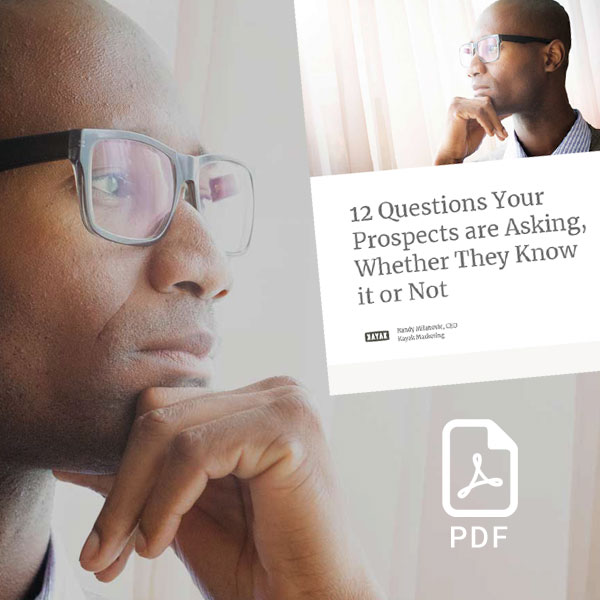It’s doubtful you’ll find anyone who’ll disagree that trust informs, attracts, and sells.
Trust isn’t gained with smoke and mirrors, discount offers, or questionable claims. Trust is gained by being transparent, communicating clearly, and finding an affinity for one another.
Despite the critical nature of trust, poorly informed business leaders routinely overlook it. They overlook it when they hire an agency to run ads. They overlook it when they approve a new website design. And, they overlook it when they greenlight content without being mindful of the recipient…who just might be you.
Don’t take our word for it. Consider the last 10 or 20 websites you visited. Not counting those that have succeeded at earning your trust, how many of them honestly did it (or at least tried)? If they managed to convince you to sign up, download, or purchase something, did you use a throw-away email address?
Failure to earn trust is a common cause of business failures simply because their leaders forgot how important, critical, vital… trust is.
Which begs the question, “How do we gain trust”, specifically from a website.
The answer is to keep it simple, smarty.
71% of customers said they would rather buy from a sales professional they completely trusted than one who gave them a lower price.
Dale Carnigie Study, “Trust is Dead. Long Live Trust!”
What does gaining trust through ‘keep it simple, smarty’ look like?
Check out this “keeping it simple, smarty” example (not your industry, but you get the idea).
How do we demonstrate keeping it simple, smarty?
In a nutshell, transparency, clarity, and simplicity help you earn your prospect’s trust, smarty. If you’d like to learn more about optimizing your content at a whole new level, check out our PDF guide, 12 questions prospects are asking, now.
Elevate the conversation: outcomes, not tasks.
Our history spans nearly three decades in creative development, strategic planning, and high-performance websites. To date, we’ve completed literally thousands of projects internationally and locally.
Our approach is two-fold:
As a result, we’ve had a far greater impact on our clients’ success.
Kayak brings a comprehensive strategy to new users on HubSpot. Their unique process goes further than regular HubSpot on-boarding by diving deeper into strategy, while incorporating tool training.
Oscar Zamorano, Hubspot

